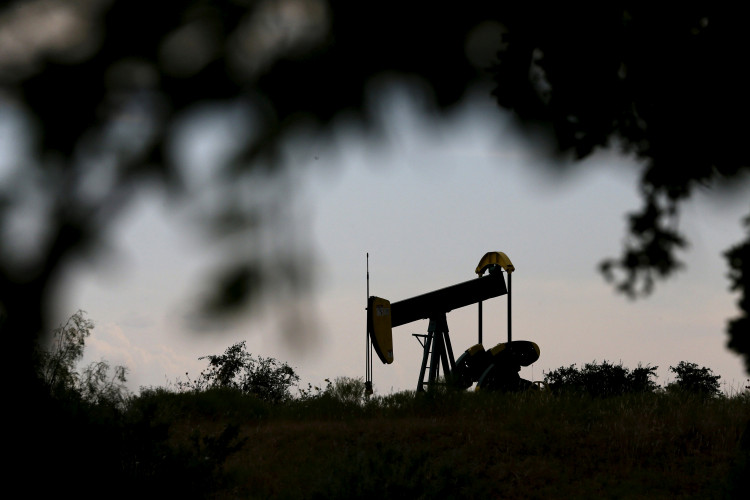Oil markets experienced a slight downturn for the second consecutive day as traders paused to assess the evolving geopolitical landscape in the Middle East. West Texas Intermediate (WTI) contracts for May delivery witnessed a decline of 48 cents, settling at $85.95 a barrel, while June Brent futures also saw a reduction of 32 cents, dropping to $90.06 a barrel. This recent pullback in prices comes after a period of heightened activity in the market, spurred by escalating tensions between Israel and Iran and the broader regional implications.
Analysts, including Barclays' head of equity derivatives strategy Stefano Pascale, suggest that despite the current market pause, there remain significant upside risks for oil prices, primarily driven by ongoing geopolitical uncertainties. The market's reaction reflects a cautious approach by investors who are closely monitoring the potential impacts of these tensions on global oil supply and the broader economic landscape, particularly with the upcoming March consumer price index reading that could indicate oil's influence on headline inflation.
The backdrop to the market's current state includes a reduction in Israeli military forces in Gaza, hinting at a possible shift towards a more contained military campaign. However, Israeli Prime Minister Benjamin Netanyahu's recent vow to continue offensive operations against strategic locations such as Rafah underscores the volatile nature of the situation and its potential to disrupt regional stability and oil supply lines.
This period of market recalibration also coincides with Mexico's state oil company Pemex announcing a reduction in crude exports by 330,000 barrels per day, further constraining the supply available to its international buyers. Such moves, coupled with potential export restrictions announced by Turkey in response to the ongoing conflict, add layers of complexity to the global oil supply dynamics.
On the demand side, the global economic outlook remains a pivotal factor, with forthcoming inflation data from the U.S. and China and the European Central Bank's interest rate decision poised to offer additional insights into the economic trajectory of the world's leading oil consumers.
Amid these developments, industry experts, including Vitol CEO Russell Hardy, anticipate oil prices to oscillate within the $80-100 range, with an expected demand growth of 1.9 million barrels per day in 2024. Such projections hinge on a myriad of factors, including the resolution of geopolitical conflicts, economic policy decisions, and the overarching trajectory of global demand recovery post-pandemic.
As the oil market navigates through these turbulent waters, the confluence of geopolitical tensions, economic indicators, and supply-demand dynamics continues to shape the pricing landscape. The industry remains on high alert, with stakeholders keenly watching for any shifts that could signal a significant departure from current trends, underscoring the intricate interplay between global events and commodity markets.






